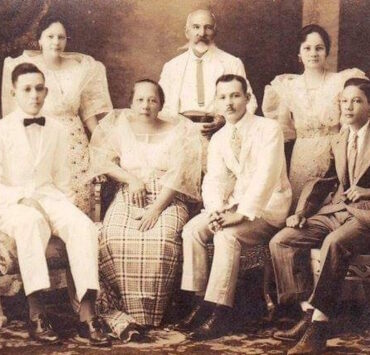Pirates attack an oil tanker with Filipino seamen in the Gulf of Guinea. A harrowing account from one of the crew of MT Maria E showing that life at sea for almost 22,000 Filipino seafarers is fraught with many dangers.
February 9, 2021
Calm waves and diaphanous skies greet Filipino seamen Bigboy de la Fuente as he goes up to the upper deck of MT Maria E to start his shift at exactly 8 in the morning. The salty breeze of the Gulf of Guinea accompanies the Greek tanker as it sails smoothly en route from Lome, Togo to Malabo, Equatorial Guinea. By noon, the tanker ship is 100 nautical miles northwest of Sao Tome and Principe. Bigboy is ready for his lunch break and heads to the Accommodation. But the promise of a peaceful journey is abruptly broken by a frantic shout of an immediate danger.
Pirates attacking
Bigboy rushes to see what the commotion is about. And there it is, two to three miles from their ship, a small fishing boat loaded with nine armed passengers is heaving, pitching, and surging toward their tanker ship. Pirates are attacking their ship.

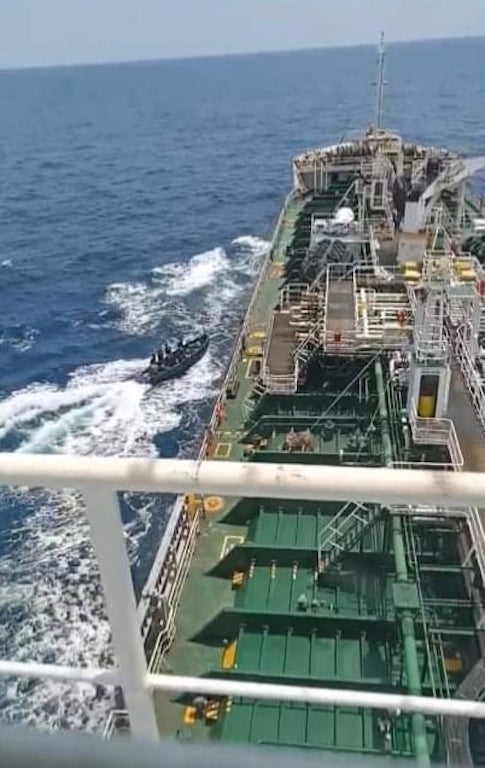
“Mayday! Mayday! We are under pirate attack!”
A ship officer repeatedly sends stress signals to the nearby port. As the pirate boat surges close to the ship’s side, the captain gives out the “hard to starboard” command, their last effort to evasively maneuver the ship away from the intruders. But the pirate boat inches closer and closer.
All the 21 crew members are ordered to lock all the doorways and run to the citadel, the designated area where they must seek refuge in the event of pirate attacks. In just a matter of minutes, using ropes attached with grappling hooks at each end, the pirates have formed a ladder and one by one, they board the ship. Assured that all of his crew have made it to the citadel, the captain slams its door and switches off the main and auxiliary engines.
At exactly 12:20 UTC, the intruders have boarded the ship and immediately make their way to the Bridge. Bigboy and the rest of the crew know that they are safe inside the citadel. After all, it was built to withstand any kind of weapon impact. The crew members find themselves settling on the floor, in the dark, in the heat, trying to make sense out of the whole thing. Bigboy wills himself not to panic. He starts to pray.
Life onboard
Oswaldo “Bigboy” de la Fuente Jr., 27 is a first time seaman. A native of Bacolod City, Negros Occidental, he loved numbers when he was small that he dreamt of having a degree in commerce when he grew up. But having a lot of seafarer for cousins, the idea of becoming one and being able to help his family right away was hard to ignore. He said goodbye to his dream of becoming a business student and instead, enrolled in a three-year course to become a seaman. Finally, in August 2020, he was hired to be part of the maintenance crew of the Greek tanker MT Maria E, a petrol liner that sails between Togo, Equatorial Guinea, Cameroon and Ghana.
He describes his first days on the ship as fun and exciting having a Filipino captain and an all Filipino crew members. Their journey normally takes 3 to 5 days to reach their destination. He has adjusted very well to the life in the high seas. He wakes up as early as 6 in the morning, takes his breakfast and prepares for his 8 to 5 shift. He loves his job although at times, he gets homesick.
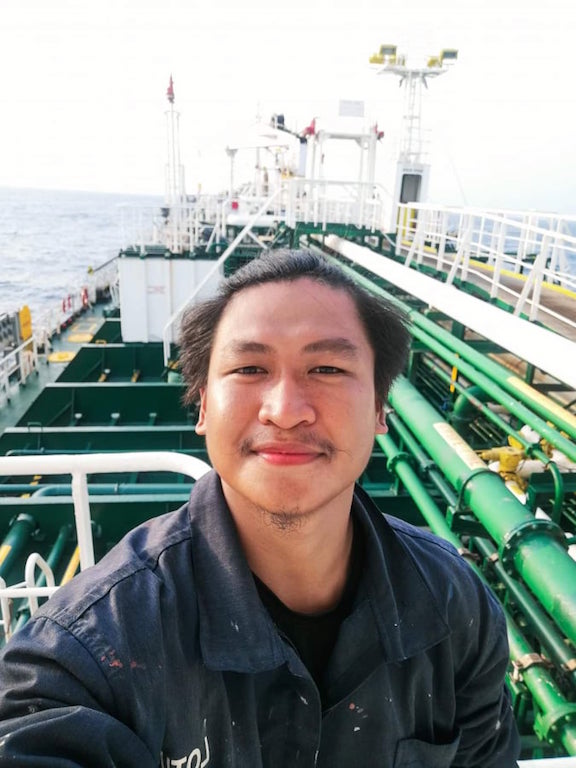
Filipino crew hides in the Citadel
Bigboy knows that it is only a matter of time before the intruders try to breach the citadel. The pirates are aware that they cannot operate the ship with a stopped engine. Without the crew, they cannot use them as hostages and demand ransom. True enough, the pirates have finally located where the citadel is. The next thing Bigboy hears are the gunshots fired at the citadel’s door. He and his mates hold their breath. Even though they are confident that the ballistic resistant door won’t give in to the enemies’ bullets, they prepare for the worst. The pirates don’t give up easily even if the bullets don’t pass through the door which remains undamaged. After a while, the shooting stops. Then silence.
Bigboy listens in the middle of silence and braces for another round of gunshots. But as minutes pass and then an hour later and no gunshot is fired, Bigboy and his mates sigh in relief. They finally remember they haven’t eaten lunch yet.
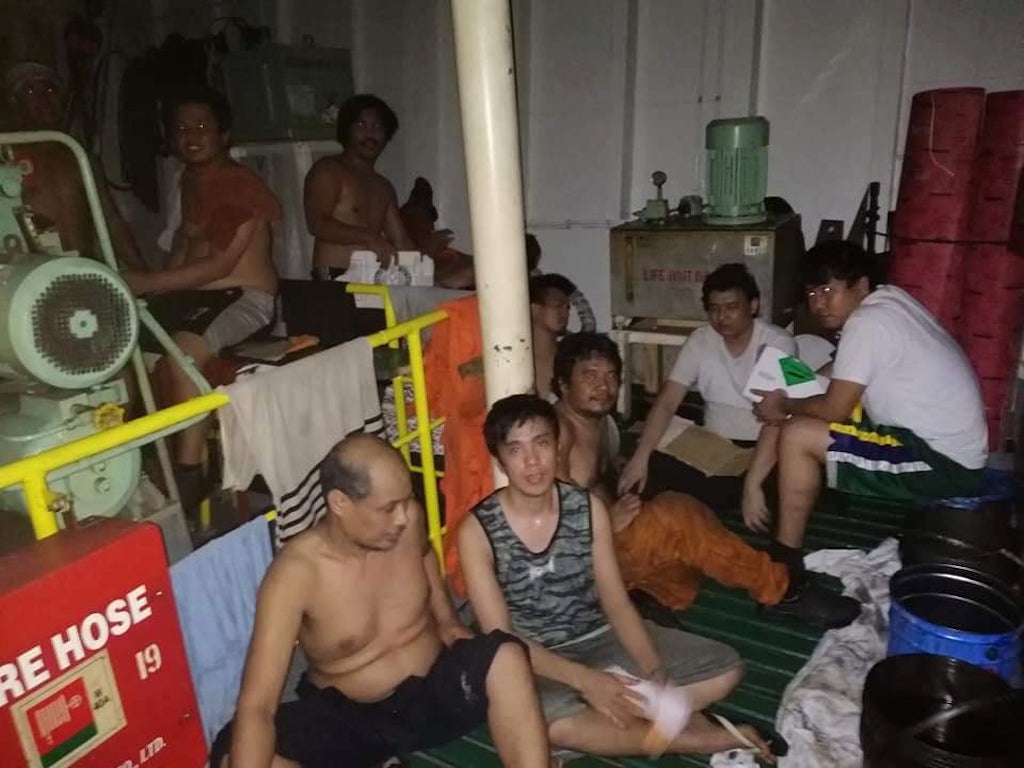
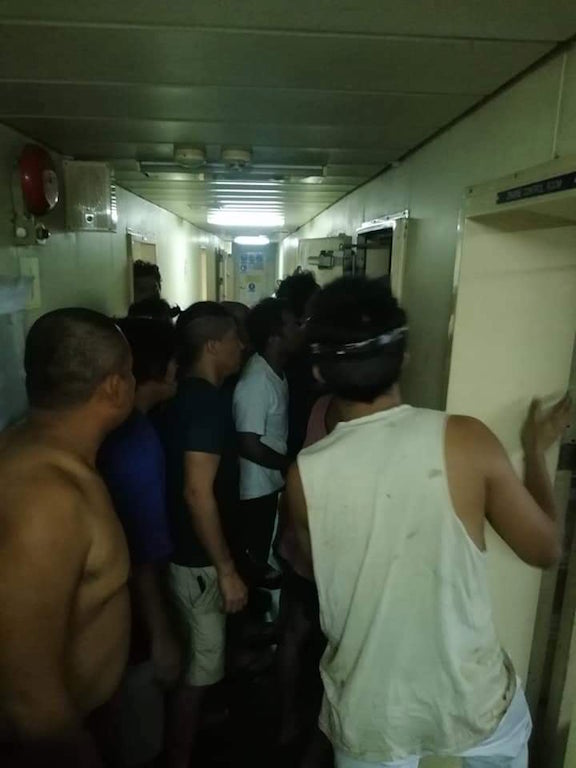
Waiting game
The crew members feed themselves with the food stored in the citadel. Then they wait and wait. No rescue has arrived yet. Midnight comes and the pirates are still on board. At 3 in the morning, the captain sends Bigboy and a mate to go to the engine room to see if the pirates are in the Bridge. They see nobody but they don’t take chances. They stay put inside the citadel. At 7a.m, Bigboy and his mate are sent to go up the upper deck to check the area. No sign of the intruders. Even the fishing boat that they used is gone. The pirates have finally abandoned the ship. Once the ship has been cleared of any undesired elements, the crew examines the damage caused by the attack.
Everyone rushes to their cabins to find their rooms ransacked and valuables stolen. Bigboy’s room is a total mess. His money is missing as well as his watch and some clothes. His other mates lost their documents,medicines, jewellery, laptops and other gadgets. The walls are peppered with bullet holes and fired bullets scatter on the floor.
Aftermath of the pirate attack
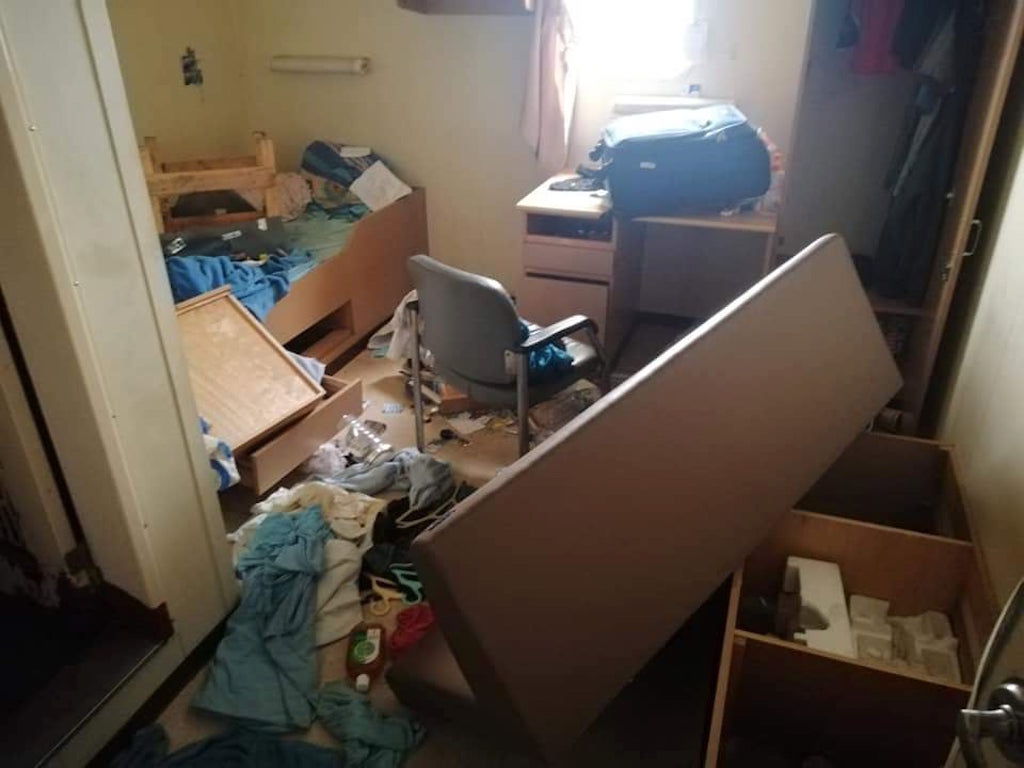
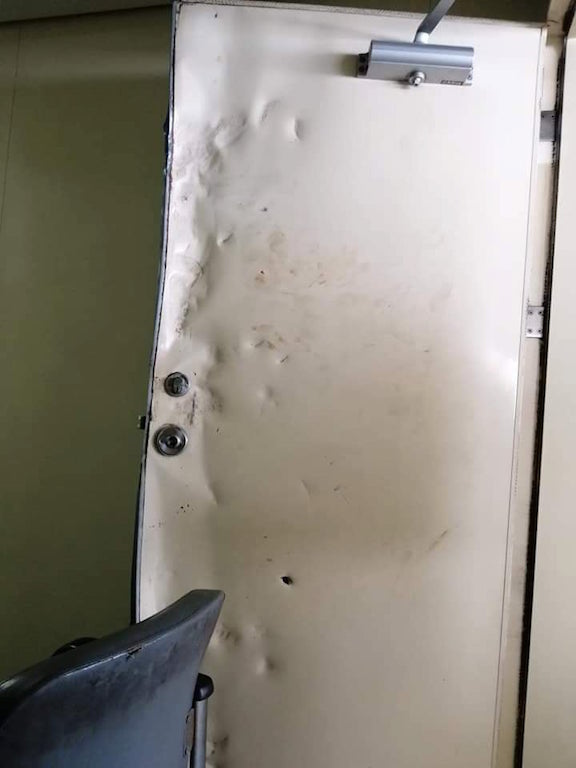
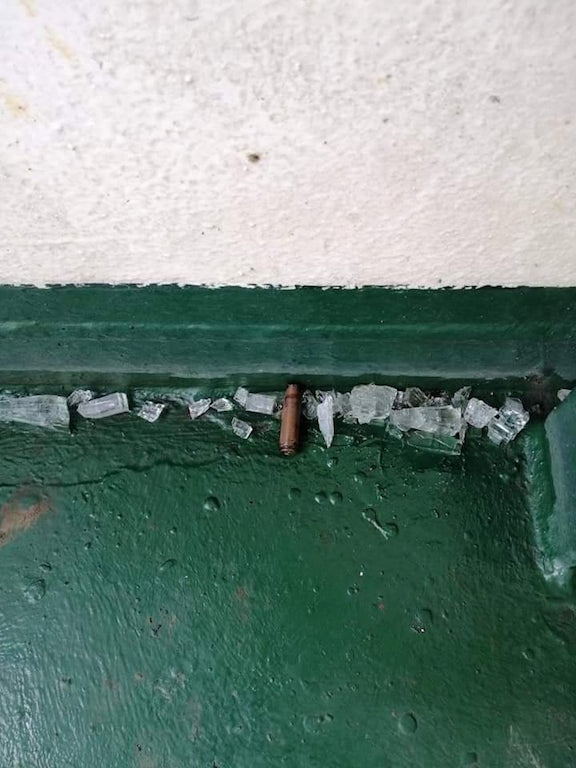
The response from the stress signal that Mt. Maria E sent only arrives a day after. As the Greek tanker continues its journey to its destination, a convoy ship escorts them until they reach their discharging port in Equatorial Guinea. The attack is the first for the whole crew and even though they had done drills before, it was a totally different experience.
Why they failed to see the coming pirates was a big lesson learned. Everyone was too busy to notice the approaching intruders. But what could have they done to prevent the attack? The ship is not equipped with armed guards to protect them from acts of piracy. Their only safe haven is the citadel.
After the attack, everyone on the ship has turned more cautious and alert. Every time a fishing boat is spotted from a distance, the crew immediately becomes suspicious and ready to take the safety measures. Losing their valuables from the pirates has also caused a shift in the way they keep their belongings. Some of them are so traumatized that they choose to sleep inside the engine room rather than their cabins. Weeks later, 11 crew members have asked to go back home.
But what could have they done to prevent the attack? The ship is not equipped with armed guards to protect them from acts of piracy.
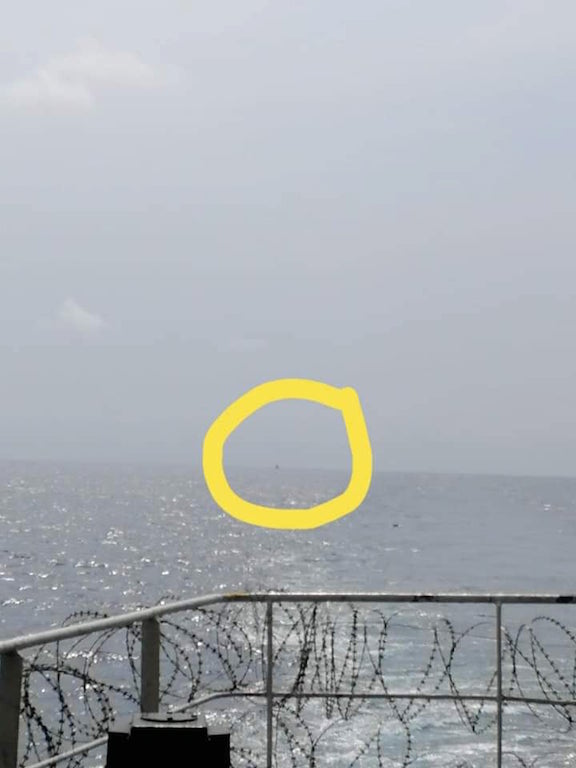
Hotspot for ship piracy
The Gulf of Guinea has long been considered as the world’s piracy hotspot. Around 46 recorded attacks at sea happened in the Gulf of Guinea region in 2020. Most of the easy victims are oil cargo ships. Just barely three days prior the attack on Maria E, on February 6, 2021, another cargo ship was boarded by the pirates. It suffered the same fate as MT Maria E. The crew also mustered in the citadel and came out safe after hours of imminent danger.
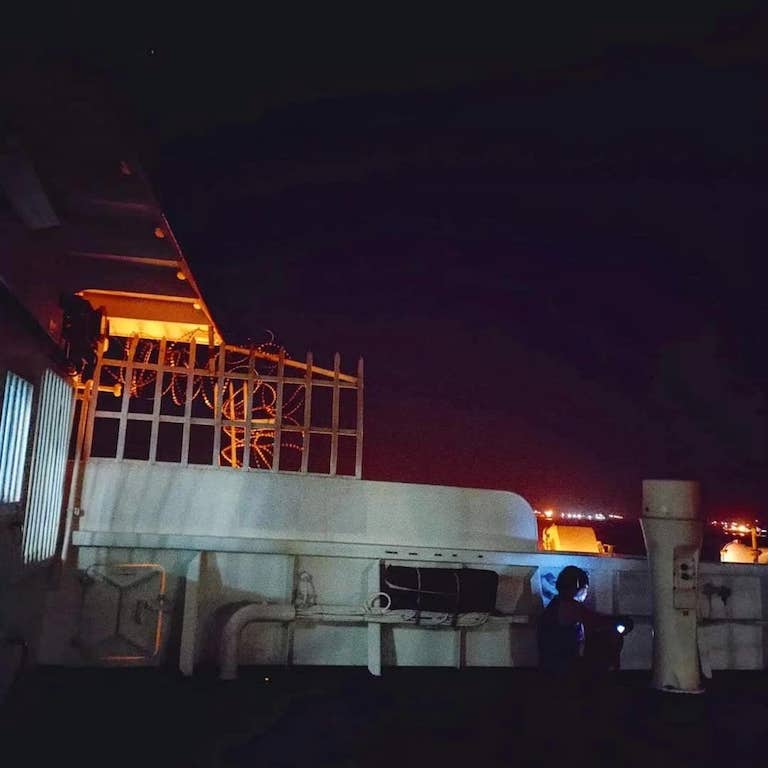
Whether he admits it or not, Bigboy was shaken by the attack. Although he remained calm and composed during the whole ordeal, he got scared at some point. But Bigboy loves his life at sea. Despite the not so big salary, he enjoys a good working relationship with his captain and his mates that he decides to stay on board until the end of his contract. His close encounter with the pirates is just one of the thousands of harrowing stories lived by our 229,000 Filipino seafarers around the world.
Editor’s note: Bigboy is currently on board another cargo ship but with the same route as Mt. Maria E sailing through the Gulf of Guinea.
What's Your Reaction?
Nats Sisma Villaluna has been serving the Filipino community in Spain for more than 15 years. His volunteer works include teaching Spanish to Filipinos, and as artistic director of the Coro Kudyapi, a group of musically inclined young Filipinos in Barcelona. His passion to serve the Filipino community now extends to other countries in his role as Publisher and Editor-in-Chief of the new The Filipino Expat Magazine.


